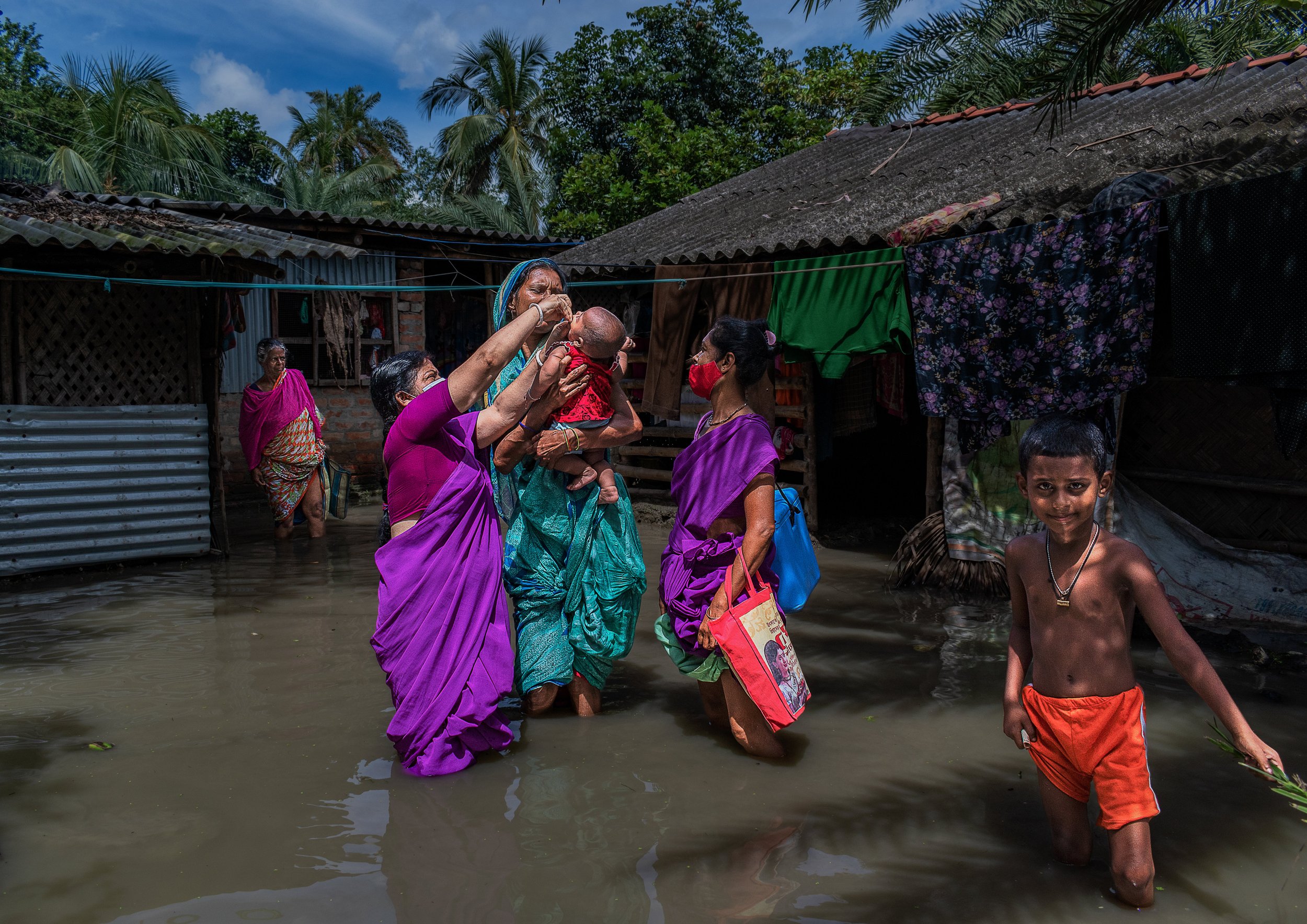
Fragility Lab is dedicated to empowering vulnerable communities worldwide, fostering resilient built environments.
About Us.
WE FOSTER RESILIENT FUTURES.
In an ever-changing world defined by contemporary challenges, the need for innovative solutions has never been more pressing. From the specter of climate change to the complexities of conflict, our global landscape is marked by an intricate web of issues that demand attention, understanding, and, above all, action. Fragility Lab wants to respond to all these issues transforming fragile contexts and their built environment into long-lasting resilient places.
A WORLD IN TRANSITION.
Our world is at a crossroads. The reality of climate change is reshaping the very foundations of our planet. Disasters once considered anomalies are becoming all too familiar, leaving communities reeling in their wake. The dynamics of conflict continue to disrupt lives and destabilize regions, leaving behind fractured societies and uncertain futures and rapid urbanization and gentrification are altering the urban fabric of our cities, creating disparities that threaten to divide us even further.
WHY FRAGILITY LAB?
In the face of these multifaceted challenges, Fragility Lab emerges as a guiding force, committed to fostering resilience, empowering communities, and navigating the intricate terrain of our world’s most fragile contexts. We believe wholeheartedly in the potential of people and their communities and through our capacity-building initiatives, we empower individuals and organizations to flourish in the face of adversity. We believe that even in the most challenging environments, positive change is not only attainable but essential.
Mission
“At Fragility Lab, we are unwavering in our commitment to fostering resilience and positive change in fragile contexts worldwide. Our mission is to empower governments, organizations, the private sector, and communities by providing strategic guidance, capacity building, and consultancy services to promote a more sustainable, equitable, and resilient built environment. We specialize in navigating complex challenges that the built environment offers in fragile contexts, from conflict and climate change to urban development and coastal resilience, ultimately creating enduring impacts.”

Climate change is increasingly linked to conflict and human displacement.
What makes a city ‘fragile’?
How to define ‘fragility’ when it comes to cities?
City fragility is the inability of institutions to ensure fundamental standards of livability. This include amplified rates of violence, escalated exposure to disasters, exacerbated inequality, and deficiencies in basic services like electricity. This broad range of challenges characterizes the vulnerability and fragility of cities worldwide, necessitating a comprehensive framework that addresses multifaceted urban risks across social, economic, environmental, and climatic spheres.
What's the connection between the 'fragility' observed in cities and the ongoing discourse about 'resilience' within urban environments today?
Cities can display both fragility and resilience simultaneously. For instance, a city might exhibit fragility concerning high homicide rates and social inequality, yet demonstrate resilience through effective disaster preparedness, robust building codes to mitigate exposure, and reinforced infrastructure capable of withstanding climate-related stresses. Fragility and resilience are not always mutually exclusive; instead, they are complementary concepts that can coexist within the complex urban fabric of many cities worldwide.
Are fragile cities only in developing countries?
While it is true that city fragility is concentrated in low-income settings, especially Sub-Saharan Africa and South and Central Asia and South America, it is not exclusively so. There are also fragile cities in North America, Western Europe, the Middle East, and East Asia. In the USA and Europe the number of fragile cities exponentially increased, including cities like Albuquerque, Baltimore, and Flint, but also cities like Paris, Palermo, and Athens.
80% of cities worldwide face Climate Risk.
Currently, four out of five cities worldwide confront climate-related risks. This alarming trend becomes even more pressing when recognizing that 80% of major cities globally and nearly half of the world's population reside in close proximity to water sources. Notably, a significant concentration of these vulnerable cities lies in Africa and Asia.
